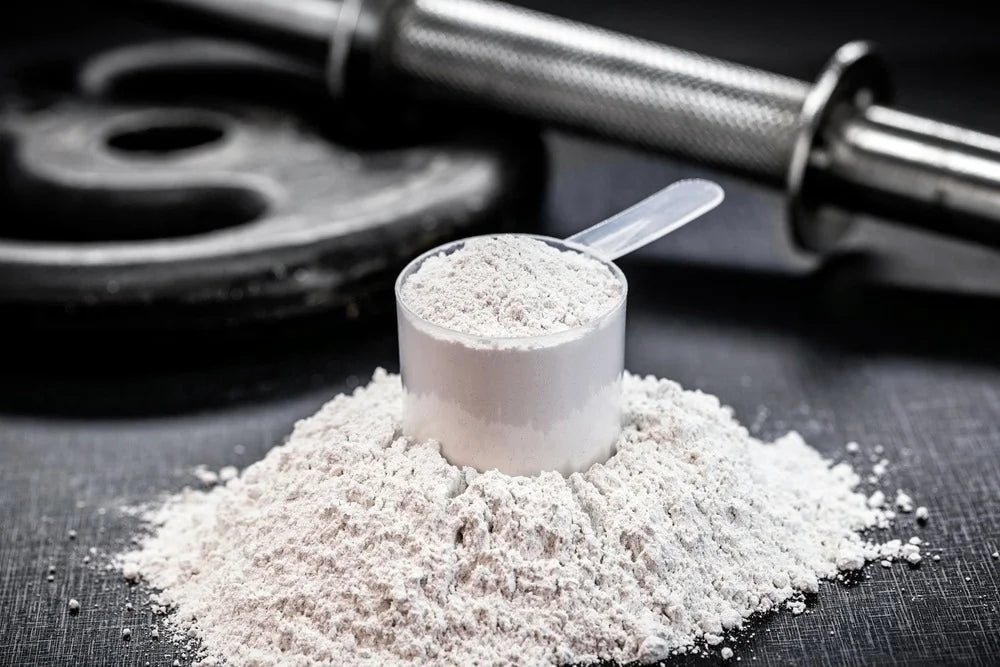
Is Creatine Safe for Teenagers?
Share
Creatine is one of the most widely used supplements for increasing strength, muscle mass, and exercise performance. While it’s generally accepted as safe for adults, a common myth is that creatine is unsafe for children and adolescents. This fear has stopped many young athletes and their parents from considering its use.
So, is this concern valid? Let’s explore what science really says.
Why This Myth Exists
Most myths about creatine and youth come from a mix of caution, lack of data, and misunderstanding. People often assume that because teenagers are still growing, creatine might interfere with development or harm the kidneys. Others believe it could act like a steroid, which is simply false.
In reality, creatine is not a hormone. It’s a natural compound found in foods like meat and fish—and also produced by the body. Supplementing with creatine is just a way to increase its levels to support high-intensity performance and recovery.
What the Science Says
While there are fewer studies on creatine in children and teens compared to adults, available research shows that creatine is safe when used at recommended doses. In fact, some clinical trials have used creatine to treat children with medical conditions like muscular dystrophy and brain injury—and found no harmful side effects.
These studies monitored important health markers like kidney and liver function, blood health, and muscle development. Results consistently showed that creatine was well-tolerated and safe, even in long-term use.
Some promising findings even suggest that creatine could improve physical strength, recovery, and even mental function in younger individuals.
What About Young Athletes?
Teen athletes often train intensely and compete year-round. They face physical demands that creatine could help support—like better muscle recovery, improved strength, and reduced risk of injury.
Surveys show that many high school and college athletes already use creatine, often without reporting any side effects. A 2020 U.S. FDA report even classified creatine as "Generally Recognized As Safe" (GRAS), based on available scientific evidence.
Still, it’s important to note: most research has been done on older adolescents (usually 15 and up), not younger children.
Is Creatine Right for Every Teen?
Not necessarily. Here’s a practical way to decide:
- Age matters: Creatine is likely safe for healthy teens who are 16+ and involved in organized, intense training.
- No shortcuts: Creatine isn’t a substitute for proper nutrition, sleep, and smart training.
- Parental guidance: Teens should only use creatine under supervision and with guidance from a doctor, coach, or nutrition expert.
- Stick to the basics: A standard dose of 3–5 grams per day is enough. No need for high loading doses.
Practical Guidelines for Safe Use
If you’re a parent or coach thinking about creatine for a teen athlete, here are simple safety tips:
- Buy from reputable brands with third-party testing.
- Avoid mixing creatine with other supplements unless approved by a healthcare provider.
- Watch hydration—make sure the teen drinks enough water daily.
- Track performance and health—any concerns should be checked by a medical professional.
Final Thoughts
The myth that creatine is harmful for kids and teens doesn’t match the available science. While more research is always helpful, current evidence supports that creatine is safe and possibly beneficial for healthy adolescents when used correctly.
Like any supplement, it should be part of a bigger picture: proper training, good nutrition, and a focus on long-term health—not just quick results. With the right guidance, creatine can be a useful tool for young athletes reaching for their full potential—safely.
